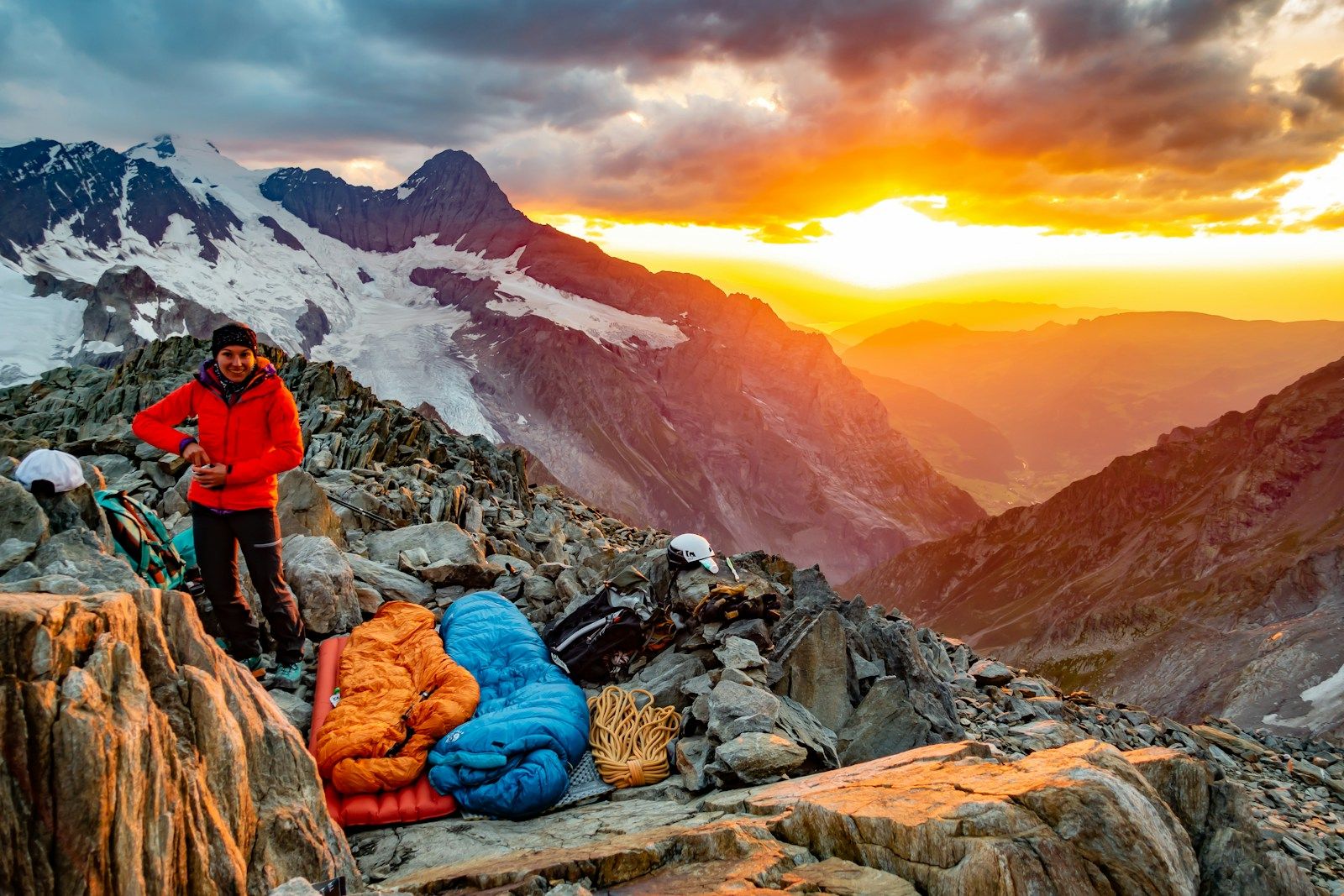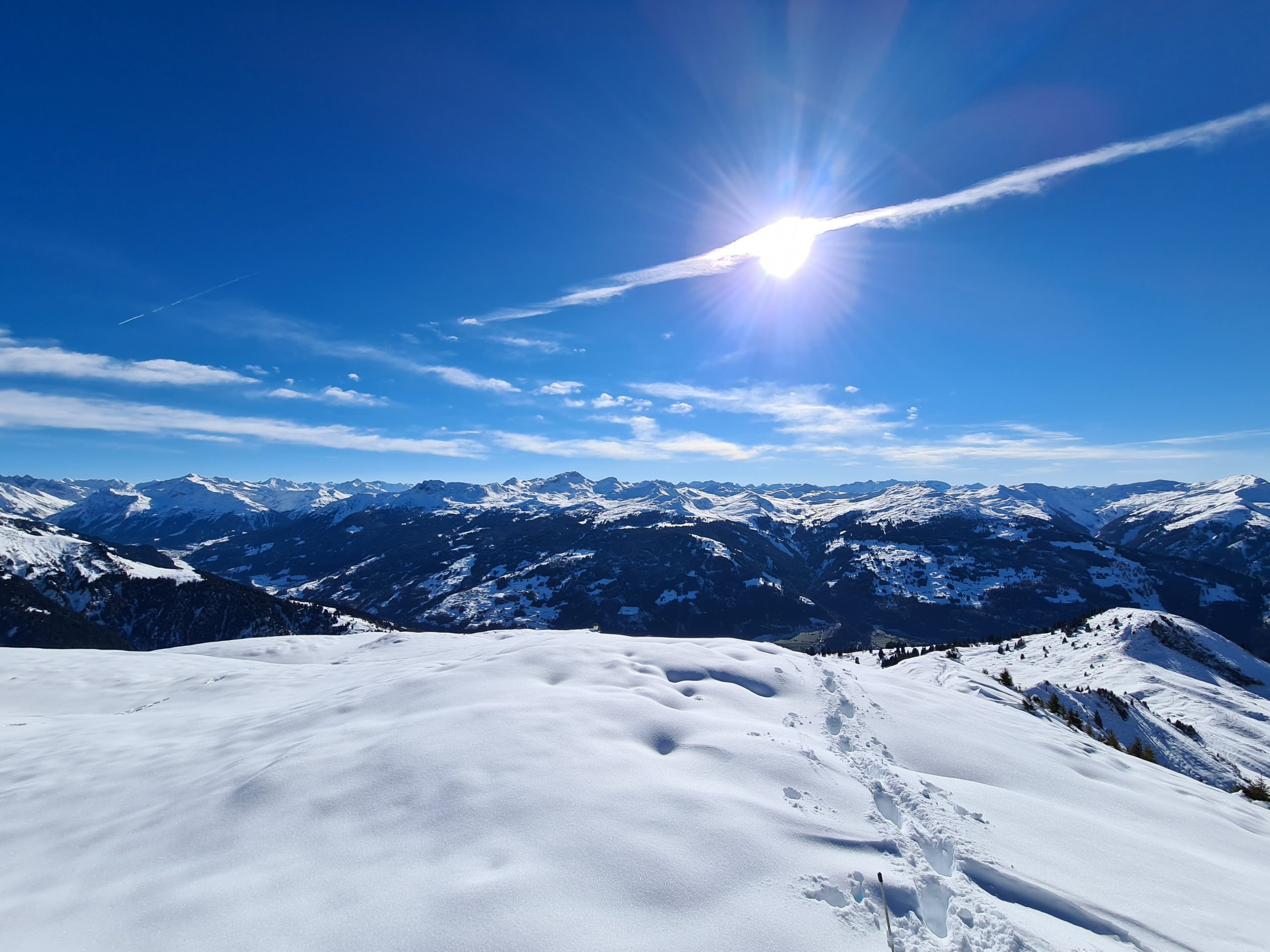Packing your backpack when going on a multi-day adventure needs proper planning. Ultimately, aim for a pack with a comfortable weight with everything that you need. A heavy backpack will drag and wear you down. On the other hand, you also don’t want to be caught needing an essential that you forgot to bring.

Learning techniques on how to keep your pack light comes with experience. We all go through the same battle of separating needs and wants when starting out. Check out the below tips on how to pack light and smart.
Important: Make a packing list
The first step of this process is to make a checklist. This is to ensure that you don’t forget anything important and you can easily identify the needs and wants from the list. List down items depending on the kind and duration of your hike/ adventure.

Your essentials
The ten essentials that you shouldn’t venture without but tailored to the conditions of your trip. Here is an updated ‘systems’ approach list from www.REI.com
- Navigation: map, map holder, compass, altimeter, GPS device
- Headlamp, ****plus extra batteries
- Sun protection: sunglasses, sun hat, sunscreen, and lip protector
- First aid: plasters, bandages, disinfectant, basic medicine, and insect repellent (as needed)
- Knife or Leatherman multitool knife, ****plus a gear repair kit (cable ties, wire, twine, duct tape)
- Fire matches, lighter, tinder, and/or stove
- Shelter carried at all times (can be a light emergency bivy)
- Extra food – Beyond the minimum expectation
- Extra water – Beyond the minimum expectation
- Extra clothes – Beyond the minimum expectation
Evaluate your clothing and gear
After making your list, analyse each item while keeping in mind the following:
- Don’t take things that ‘might just come in handy’.
- Go for items that are multi-purpose. Pack the item that serves more than one purpose, weighs less, and takes up less space.
- A poncho for example can replace a rain jacket, umbrella, or backpack rain cover. A ‘sarong’ can be used as a towel, picnic blanket, skirt, or head or neck cover. Zip off the lower half of convertible pants on a hot hike. Pack shorts that you can hike in, swim in and walk around town in.
- For footwear, consider light trail-running shoes instead of bulky hiking boots. They are lighter, take less space and dry faster!
- Opt for clothing that can be layered. These items serve double duty for adjusting to the changing weather conditions and to easily mix and match what you wear.
- Choose light, quick-drying fabrics. Lightweight synthetic or down insulated jackets are light, give impressive warmth, and pack up small. Go for fabrics that dry fast, breathe well, and wrinkle less.
- Toiletries. Bring only basic toiletry supplies in travel-size quantities and look for items that serve 2-in-1. Paper soap or powdered shampoo are pack light than liquid ones.
Other ways to pack light and smart

- Know your pit stops. Especially in thru-hikes, know the resources available at places of your stops. Hostels, inns, towns, where you can restock supplies so you don’t have to carry everything all throughout.
- Eat the heaviest food first. A huge part of your load will be your food and water. Consume the heaviest and perishable food first. Carefully plan your snacks and meals and organize them in smaller packs.
- Share the load. When going with someone, it helps to share common items that you wouldn’t need more than one or a few of.
- Learn bushcraft and survival skills. Equipping yourself with these skills especially in the backcountry will help in lessening your load. Being confident on how to find and safely drink water in the wild or; what, where, and how to forage means you can carry a minimal supply of food and water.
- Keep the ‘luxury’ items at bay. If you can’t live without it, choose the lightest camera gear, books (you can replace them with a tablet), gadgets. etc.
Packing by zones
After finalizing all the items to bring, you have to load them properly into your backpack. A disorganized pack will give you discomfort when walking or when looking for what you need. It will also feel a lot heavier than a properly packed backpack.
Although packing entirely depends on what works for you, practical tips such as these will make it easier for you to pack especially when you are a beginner.
- Top – Bulky items that you might frequently need
- Core – Heavy items that you will not need
- Bottom – Bulky items that you’ll need only at camp
- Accessory pockets – Essentials that you’ll frequently need
The zones keep the weight of your pack balanced and make it easier to find things when needed. Rolling clothes instead of folding saves a lot of space. Keep the heaviest items (that are not immediately needed) such as water, food, and cooking things in the middle compartment creating a steadier center of gravity.
Pack an awesome experience!
A lot of factors add to a memorable adventure. The backpack that’s with you all throughout the trail is your survival and comfort. Putting in the time and effort when packing pays off big time. When you don’t have to worry about the pack, you’ll likely tell more enjoyable stories when you’re back!





